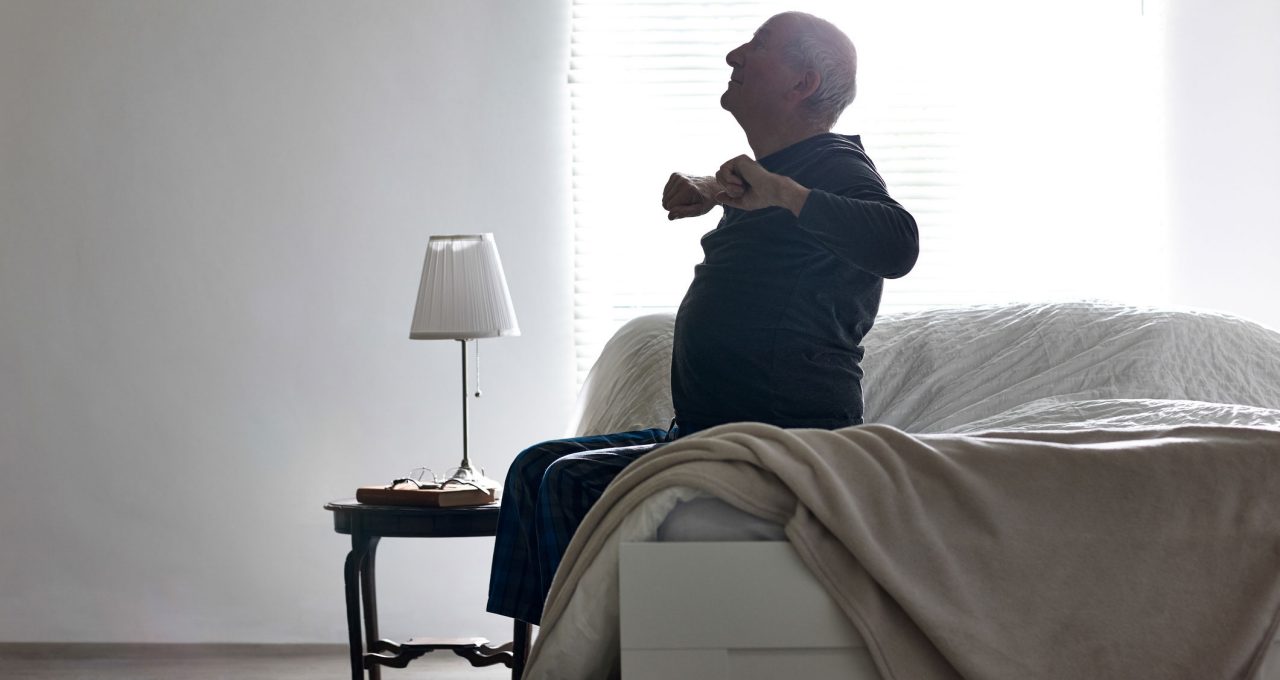Osteoarthritis Symptoms

Joint pain can be debilitating and reduce your quality of life. Know about osteoarthritis symptoms so you know when to get medical help and what you can do.
The most common form of arthritis is osteoarthritis.
This degenerative disease happens when the cartilage that cushions your joints begins to break down and wear away, causing bones to rub painfully against each other, causing osteoarthritis symptoms. It becomes worse as you age. According to the Centers for Disease Control and Prevention, osteoarthritis, or OA, affects more than 30 million adults in the United States.
YOU MIGHT ALSO LIKE: Osteoarthritis in Your Hands and Knees
Osteoarthritis symptoms
Osteoarthritis can affect any joint in your body, but it most frequently occurs in weight-bearing joints, such as your lower back, hips, knees, and feet. It may also affect your hands.
Osteoarthritis symptoms are similar to other forms of arthritis. They include:
- Pain or aching in joints
- Stiffness
- Swelling at the location of the pain
- Decreased range of motion
Unlike other kinds of arthritis, osteoarthritis symptoms tend to be asymmetrical. Pain or swelling will often occur on one side of the affected joint but not the other.
In its early stages, symptoms of osteoarthritis are generally not severe. You may have pain or stiffness in your joints after you wake up, or after long periods of inactivity, that goes away once you start moving. You may also notice that joints in your hips and knees lock up or give way suddenly while you are standing or walking.
The Arthritis Center at Johns Hopkins Medical Center warns that you should not ignore those early signs. They indicate that your cartilage is beginning to wear away, a process that will only worsen as you age. If you are beginning to experience the symptoms of osteoarthritis, you should talk to your doctor and begin addressing the problem immediately.
Symptoms of arthritis in hands
When OA develops in your hands, it can cause a specific symptom known as nodes or nodules. They are growths that develop around finger joints as OA progresses and cartilage wears away.
Nodes are like enlarged, swollen, or bumpy joints. They may be painful, but in the early stages they are often pain free. Nodes around the middle joint of your finger are called Bouchard’s Nodes. If they occur around the end joint, they are known as Heberden’s Nodes. Research has found that women are more likely to develop nodes as a symptom of osteoarthritis, although scientists don’t yet know why.
Symptoms of osteoarthritis flares
Sometimes, people with osteoarthritis experience flares, a sudden worsening of symptoms. It usually occurs during a time when the disease seems to be well-managed and under control.
Symptoms of an osteoarthritis flare include:
- Sudden increase in joint pain
- Swelling around joints
- Significantly reduced range of motion
- Extreme fatigue due to pain
Though flares are more often associated with other forms of arthritis, the Arthritis Foundation reports that they can occur in people suffering from OA when joints experience local trauma or are overused. Flare ups often can occur with changes in barometric pressure brought on by weather changes.
Flares are typically sudden and intense, with symptoms afterwards returning to their former levels. If your symptoms continue to worsen, rather than improving, you may be experiencing increased joint damage, rather than a flare.
The effects of osteoarthritis symptoms
Though the early stages of OA are generally mild, symptoms can begin to interfere with your everyday life as they become more severe.
When it affects your hands, OA can make it difficult to grip, pinch, or grasp objects. It can make everyday tasks — like cooking, reading, writing, tuning doorknobs, or personal grooming — feel impossible. Severe osteoarthritis in your knees and hips can interfere with your ability to walk, climb stairs, drive, and exercise. When OA develops in your hips or knees, it can also cause pain in your spine, making it difficult to sit or stand up straight.
If left untreated, osteoarthritis can lead to physical disability and an inability to care for yourself. It is important to speak with your doctor and learn ways to manage osteoarthritis symptoms as soon as you notice them developing.
Updated:
June 20, 2023
Reviewed By:
Christopher Nystuen, MD, MBA